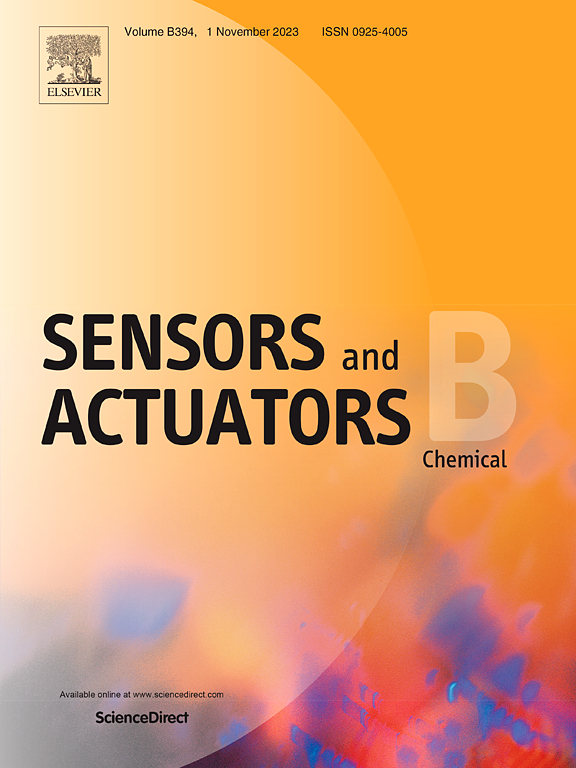A Label-free CRISPR/Cas12a fluorescent aptasensor for AFB1 detection based on guanine nanowire assisted three dimensional DNA networks with catalytic hairpin assembly
IF 8
1区 化学
Q1 CHEMISTRY, ANALYTICAL
引用次数: 0
Abstract
Aflatoxin B1 (AFB1) is a typical mycotoxin in contaminated grain and food, posing carcinogenic and harmful threats to human health. Exploiting sensitive analytical method for AFB1 determination is especially important. Herein, a label free CRISPR/Cas12a derived fluorescence aptasenor was constructed to detect AFB1 using G-wire assisted DNA tetrahedral catalytic hairpin assembly (CHA) system as signal amplification strategy and crystal violet (CV) stained G-quadruplex (G4) as signal reporter. The aptamer was designed to not only recognize target but also activate CRISPR/Cas12a system. In the presence of target, the binding of aptamer to AFB1 was occurred to suppress the trans-cleavage activity of CRISPR/Cas12a, resulting the three-dimensional DNA network aggregation. Owing to the automatic CHA process, the free G4 sequences were self-assembled into G-wire superstructure by the introduction of Mg2 +. As a result, the detection limit of AFB1 reached 0.84 pg/mL, with a liner range of 0.001 – 50 ng/mL. In addition, the proposed aptasenor also achieved excellent selectivity, reproducibility, stability and recoveries (97 − 101.3 %), making it promising for food quality testing.

基于鸟嘌呤纳米线辅助三维DNA网络催化发夹组装的无标记CRISPR/Cas12a荧光aptas传感器检测AFB1
黄曲霉毒素B1 (AFB1)是受污染粮食和食品中典型的真菌毒素,对人体健康具有致癌性和危害性威胁。开发灵敏的AFB1测定方法尤为重要。本研究以g -丝辅助DNA四体催化发夹组装(CHA)体系作为信号放大策略,结晶紫(CV)染色g -四重体(G4)作为信号报告基因,构建无标记CRISPR/Cas12a衍生的荧光体检测AFB1。该适体不仅能识别靶标,还能激活CRISPR/Cas12a系统。在靶标存在的情况下,适体与AFB1发生结合,抑制CRISPR/Cas12a的反式切割活性,导致三维DNA网络聚集。由于自动CHA过程,游离的G4序列通过引入Mg2+自组装成g线上部结构。结果,AFB1的检出限为0.84 pg/mL,线性范围为0.001 ~ 50 ng/mL。此外,aptasenor还具有良好的选择性、重现性、稳定性和回收率(97 ~ 101.3%),有望用于食品质量检测。
本文章由计算机程序翻译,如有差异,请以英文原文为准。
求助全文
约1分钟内获得全文
求助全文
来源期刊

Sensors and Actuators B: Chemical
工程技术-电化学
CiteScore
14.60
自引率
11.90%
发文量
1776
审稿时长
3.2 months
期刊介绍:
Sensors & Actuators, B: Chemical is an international journal focused on the research and development of chemical transducers. It covers chemical sensors and biosensors, chemical actuators, and analytical microsystems. The journal is interdisciplinary, aiming to publish original works showcasing substantial advancements beyond the current state of the art in these fields, with practical applicability to solving meaningful analytical problems. Review articles are accepted by invitation from an Editor of the journal.
 求助内容:
求助内容: 应助结果提醒方式:
应助结果提醒方式:


